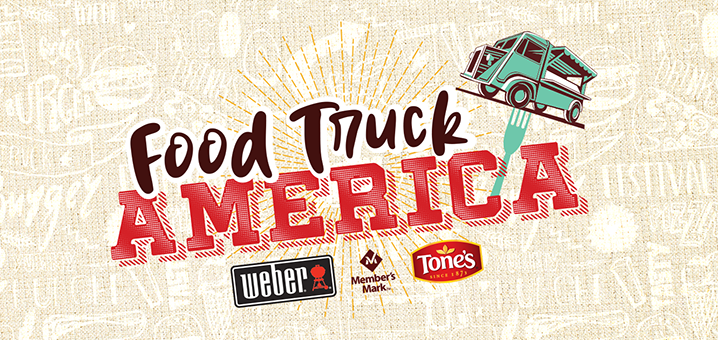Gourmet food trucks are a business uniquely suited to our times. A global financial crisis has made credit tight for the past several years but left the skills and ingenuity of American workers intact. An obvious response to this: business plans that can be executed with a minimum of up-front capital—a van, not the whole restaurant.
But selling food out of carts has always presented a problem. In principle, mobility ought to be a business advantage, but it’s hard to sell food unless people know where you’re going to be. Twitter, which lets you follow your favorite trucks so they can inform you when they’ll be in your neighborhood, is the ideal solution. So it’s not surprising that upscale trucks have been booming recently, earning plaudits and even their own Food Network show.
The result is a win for entrepreneurs, but a headache for incumbent restaurateurs. There are only so many meals in the day, so proprietors of fixed-location food service establishments worry that every lobster roll that’s handed over from a truck is $18 lost from their own kitchen. In an ideal world, this would trigger a frenzy of competition, as restaurants with walls and chairs scramble to prove that they’re offering a premium service in exchange for their higher fixed costs. In reality, it has sparked a frenzy of lobbying.
In California, for example, Assemblyman Bill Monning has introduced a bill that would ban food trucks from operating within 1,500 feet of a school—roughly a three-block radius.
Ostensibly Monning’s policy goal is to dissuade kids from eating at food trucks rather than at their school cafeteria. Curiously, however, his rule applies exclusively to trucks and not to, say, Burger King. What threat pizza poses to children when served from a truck rather than from behind a counter is difficult for me to say. By contrast, the peril to existing restaurants from a sudden proliferation of nimble, low-cost trucks is clear. San Francisco Supervisor Scott Weiner told the San Francisco Weekly that, as written, the rule would ban trucks from the majority of the city. It would be nice to write this off as perhaps just another instance of America’s spasmodic overprotection of children, but it’s difficult to avoid the conclusion that the people really being protected here are the restaurant owners. After all, elementary schools generally don’t even let kids leave the school building for lunch at all. Banning trucks from operating nearby looks a lot like a pretext to shut them down.
A recent report on street vending for the Institute of Justice emphasizes that many anti-truck politicians don’t even bother with Monning’s pretext. An existing provision of the San Francisco municipal code, for example, states that any business may comment on an application for a new vending license and directs the city to “consider” whether the proposed operation is located within 300 feet of a business that sells the same type of food or merchandise. It would be as if Slate were allowed to complain that it should be illegal to launch a new website to compete with our offerings, and that government should take our complaint seriously.
San Francisco’s rule affects only the same kind of food, so if you’re selling pizza I can try to offer tacos. Across the bay in Oakland, a “vehicular food vendor” is enjoined from locating within 200 feet of any restaurant or deli. Chicago’s rule is like Oakland’s, while in Atlanta there’s a 1,500-foot exclusion zone in which a vendor cannot offer a similar product. These are just the most blatant forms of protectionism. San Jose’s law requiring a mobile vendor to stay at one location (or within 500 feet of that location) for no more than 15 minutes within any two hour period seems clearly designed to make truck-based businesses impractical.
Find the original article by Matthew Yglesias at Slate.com <here>
This article may be a little old, but still one that we felt needed to be added to our Off the Wire section. Matthew Yglesias produced this article on Slate last month.




